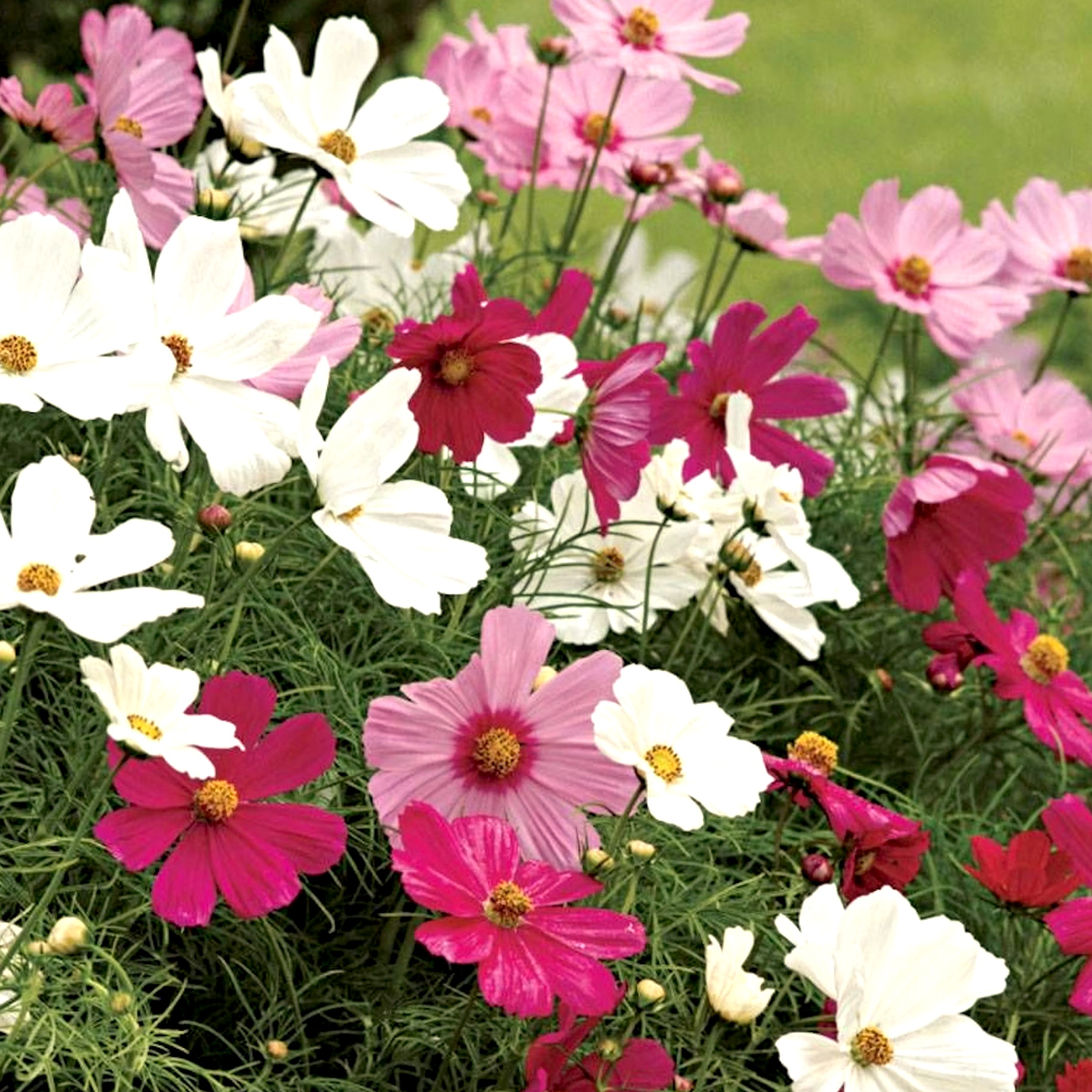How To Keep Dahlias Flowering For Longer – Start Now With These Pro Tips For A Bloom-Filled Summer & Fall
They are some of the most popular, diverse and dynamic summer flowers you can grow – so here’s how to keep dahlias flowering for as long as you possibly can for a joyful extended season of blooms
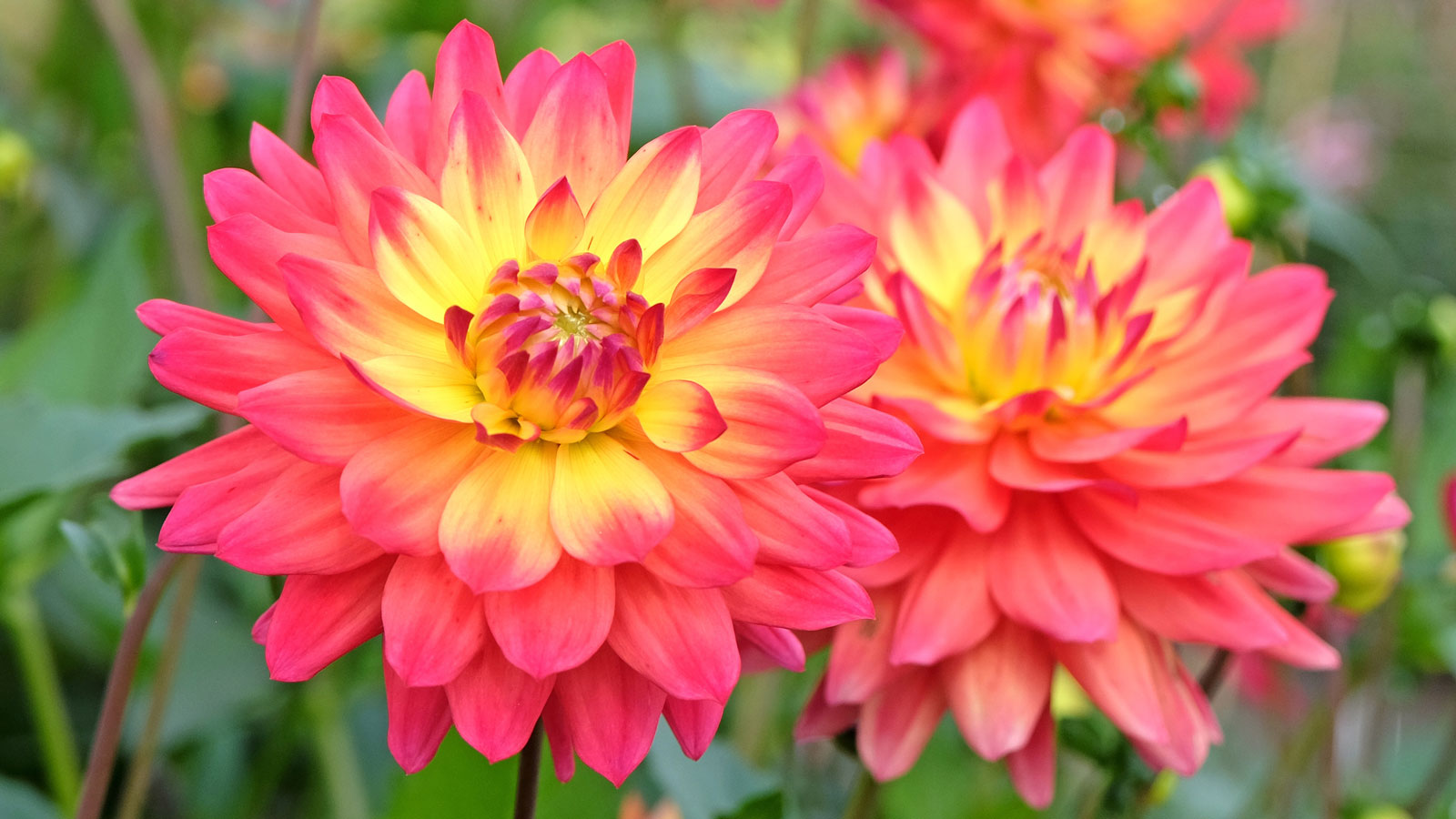

Amy Draiss
Few plants match the appeal of dahlias. This ornamental beauty has staggering potential for reblooming and continued flowering – long after other summer favorites start to fade. Anyone hoping to grow dahlias for the first time will be enamored by their enduring beauty. But in order to help you make the most of their extended bloom times, it’s important to know how to keep dahlias flowering for as long as possible.
The sooner you can take steps to maximize the blooming season, the better. Ongoing care is relatively minimal, no matter which dahlia varieties you decide to grow. That said, a few simple cultivation essentials will help to keep your plants looking their best. So start now, and follow these simple measures to guarantee a gorgeous extended season of memorable dahlia displays.
How Do Dahlias Bloom All Summer?
Will dahlias bloom all summer? Absolutely – as long as you are willing to put in a little bit of care, and start as you mean to go on. In terms of initial planting, dahlias perform best when situated in well-draining soil, with ample light through the day. Though growers can expect beds to thrive when conditions are warm, excess heat or drought may negatively impact bloom. This is even more of an issue if you are growing in pots. So if you want longer flowering times, take action fast.
The dahlia flowering period may also vary by species, with many native flower types differing from those most frequently cultivated in the home garden. While they are praised for being prolific, these five essential tips for dahlia care in summer will greatly improve your chances of seeing those beautiful blooms for a lot longer…
1. Cutting, Deadheading and Pinching
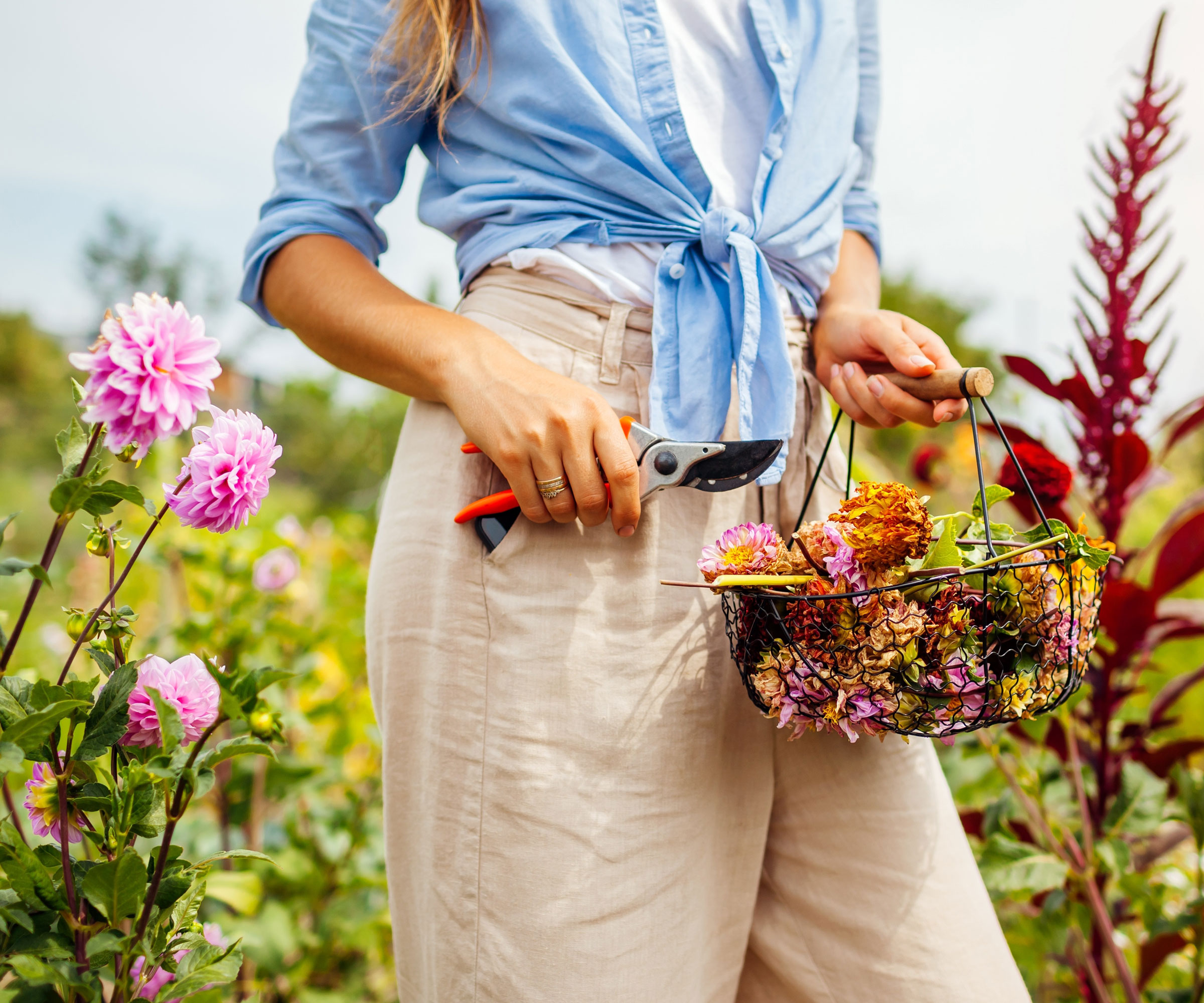
Learning how to get more flowers on dahlias often begins with pinching. This occurs in spring, as dahlia tubers begin to sprout. Trim or cut the growth tip when each plant has 4-6 sets of true leaves. This allows it to begin branching, resulting in bushier growth and an increased production of flowers.
Routine cutting throughout summer will continue the process, allowing each plant to become larger and larger. Snipping flowering stems as cut flowers is especially helpful in promoting further bloom, removing stems as soon as flowers open.
You can also promote further bloom through routine dahlia deadheading. Deadheading refers to the removal of spent or faded flowers, preventing each from forming seeds. This can be done on a weekly basis, disposing of and removing discarded plant matter from the garden.
Sign up for the Gardening Know How newsletter today and receive a free copy of our e-book "How to Grow Delicious Tomatoes".
Lightly cutting back dahlias in summer, once flowering has slowed, is another viable option. This is especially useful as a way to encourage rebloom as the weather begins to cool in late summer.
2. Watering Your Dahlias
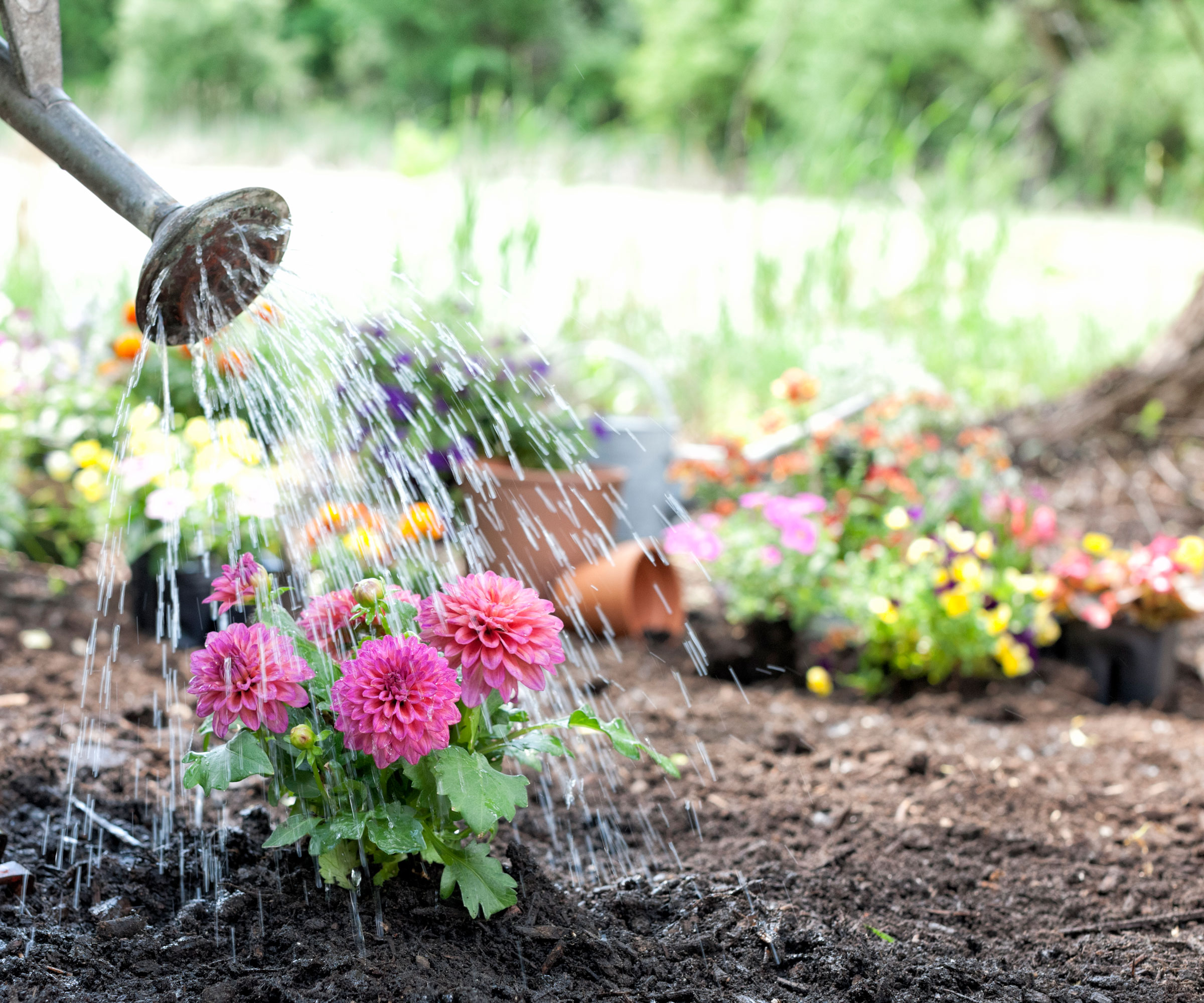
Taking steps to water dahlia plants regularly will be an essential aspect of ongoing summer care. This is especially true in regions that are particularly hot or experience prolonged periods of drought. The use of proper watering techniques is also crucial. It’s best to water plants deeply and from below, aiming for at least an inch (2.5cm) of water per week.
Using soaker hoses or drip irrigation lines in beds and raised beds will allow you to regulate water intake. If growing in containers, make sure the growing medium is not allowed to dry completely. Try mulching around plants to cool garden soil and aid in the regulation of moisture levels.
3. Boost Dahlia Fertility
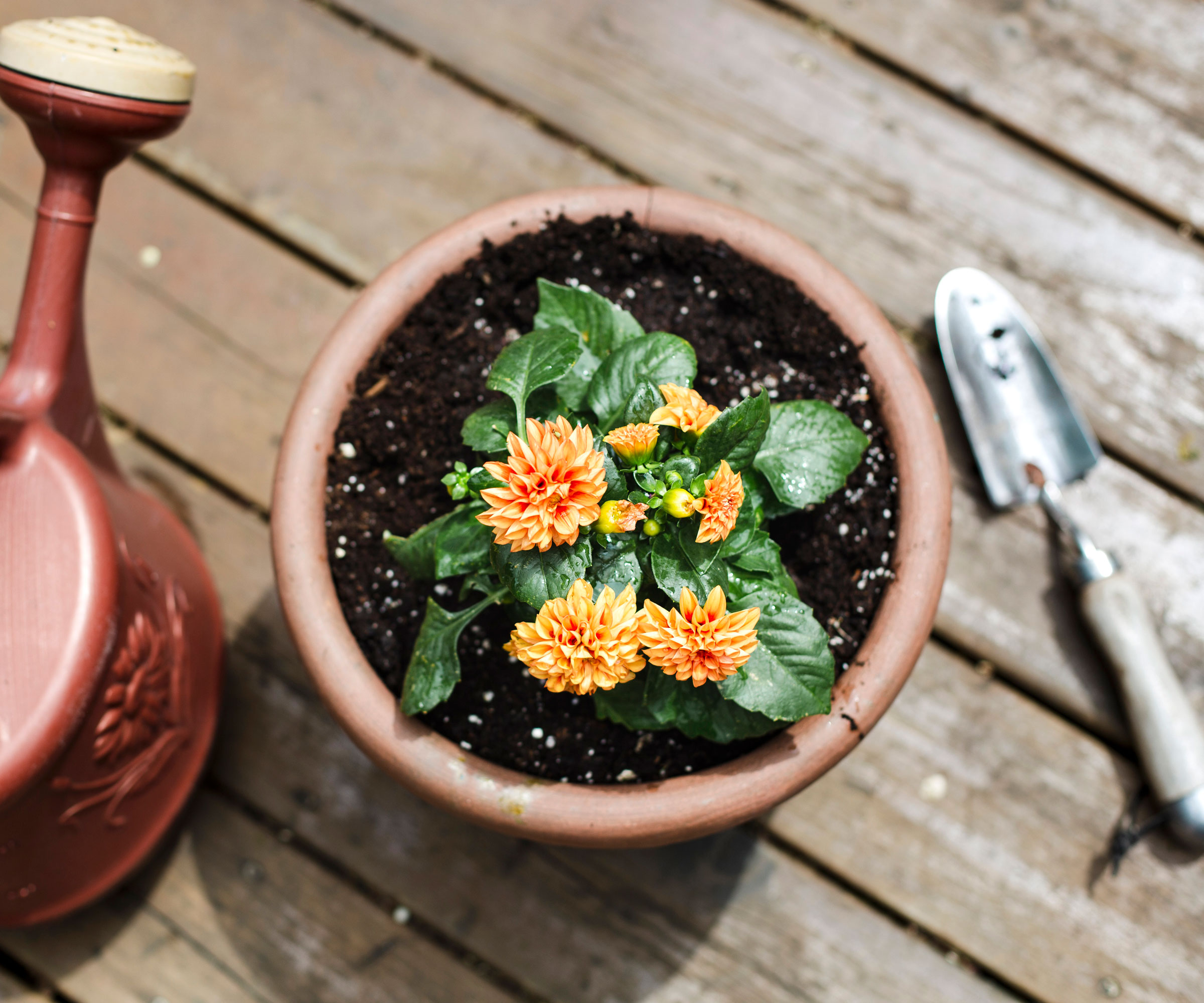
Dahlias are considered heavy feeders. Routine applications of appropriate dahlia fertilizer can help to boost growth and promote continued bloom through summer and into fall. For a measured approach, apply a balanced, slow-release feed at planting time. This will aid in the production of leaves and rapid root development.
Continue feeding through the growing season, deploying soil drenches and fast-acting foliar feeds. That said, although plants will benefit greatly from nutrient-rich soils, take care to avoid overfeeding. Excess levels of nitrogen are problematic to dahlias, resulting in lush growth but poor flower set.
4. Shade on Hot Summer Days
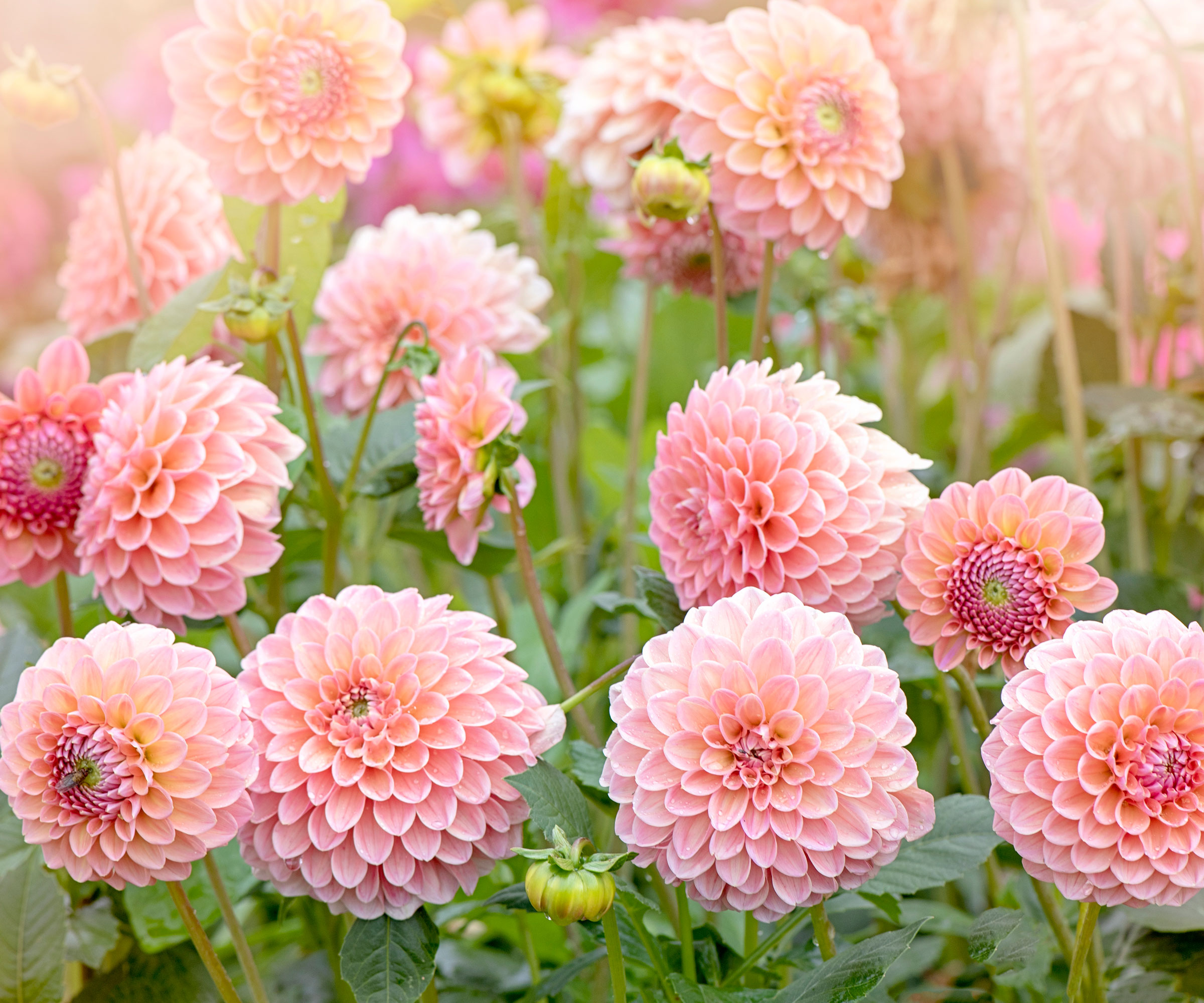
Most dahlias will perform best if they receive full sun throughout the day, but exposure to excessive heat may negatively impact the production of flowers. It is for this reason that some growers choose to plant in partly shaded locations. If you are growing dahlias in containers, move to a shady spot when temperatures soar. Alternatively, use shade cloth to protect plants during heat waves and very hot days.
While dahlias do thrive in full sun, it is highly beneficial to intervene where necessary to prevent problems related to scorch or burn. Flowering can slow during periods of high heat or humidity, but bloom should resume as growing conditions improve.
5. Check for Pests & Problems

Provided other growing conditions are ideal, problems with pests or diseases are likely the cause of limited flowering. Fungal infections like powdery mildew are most common, while problems like gall or viral infections may lead to the loss of plants. One of the best ways to prevent the likelihood of diseases like powdery mildew is to make sure there is good air flow between plants, whether in containers or beds.
Aphids, mites and thrips may all frequent the plant, feeding on its sap. Earwigs are a particular concern for dahlia growers, causing considerable damage to blooms and limiting the chances of further flowering. Ensure growing conditions are well ventilated and well lit, as earwigs are attracted to the damp and dark. If you suspect an infestation, try upturned pots filled with newspaper to trap earwigs which can then be removed.
Frequently Asked Questions
What temperatures are best for dahlias?
Dahlias flourish where both day and night time temperatures remain warm. Gardeners can expect the most active growth to occur between 60-70°F (15-21°C) Especially hot conditions are likely to contribute to slowed growth, and often a decrease in plant vigor as a result of stress.
Do dahlias flower better in pots or the ground?
Dahlias are grown most traditionally within garden beds, but plants will also thrive under container culture. Dwarf cultivars are well suited to pots, provided each allows ample room growth and root development. Grow alongside lantana, golden rod and cosmos to make more of mixed displays.
How many flowers can dahlias produce?
Though it’s impossible to predict the number of flowers produced by each plant, gardeners can generally expect dahlias to bloom and rebloom through the entirety of summer. With consistent deadheading and regular plant care, dahlia plants are capable of producing dozens of blooms over the course of the growing season.
This article features products available from third party vendors on the Gardening Know How Shop. Keep in mind that our plant inventory is limited - so if you’re thinking of purchasing, don’t wait!
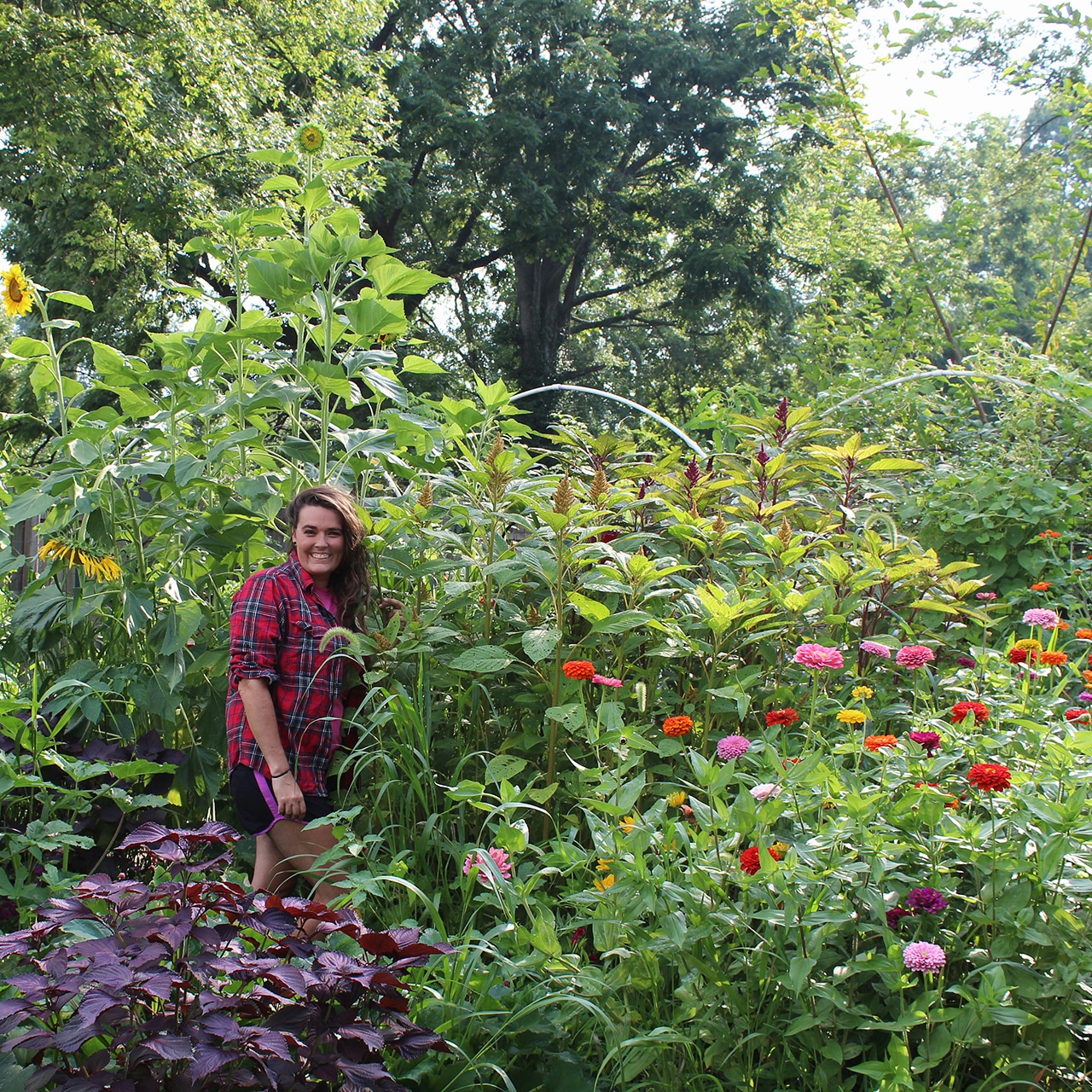
Tonya Barnett has been gardening for 13 years. Flowers are her passion. She has transformed her backyard into a cut flower garden, which she regularly chronicles on her YouTube channel http://www.youtube.com/@tonyawiththeflowers.
- Amy DraissDigital Community Manager
